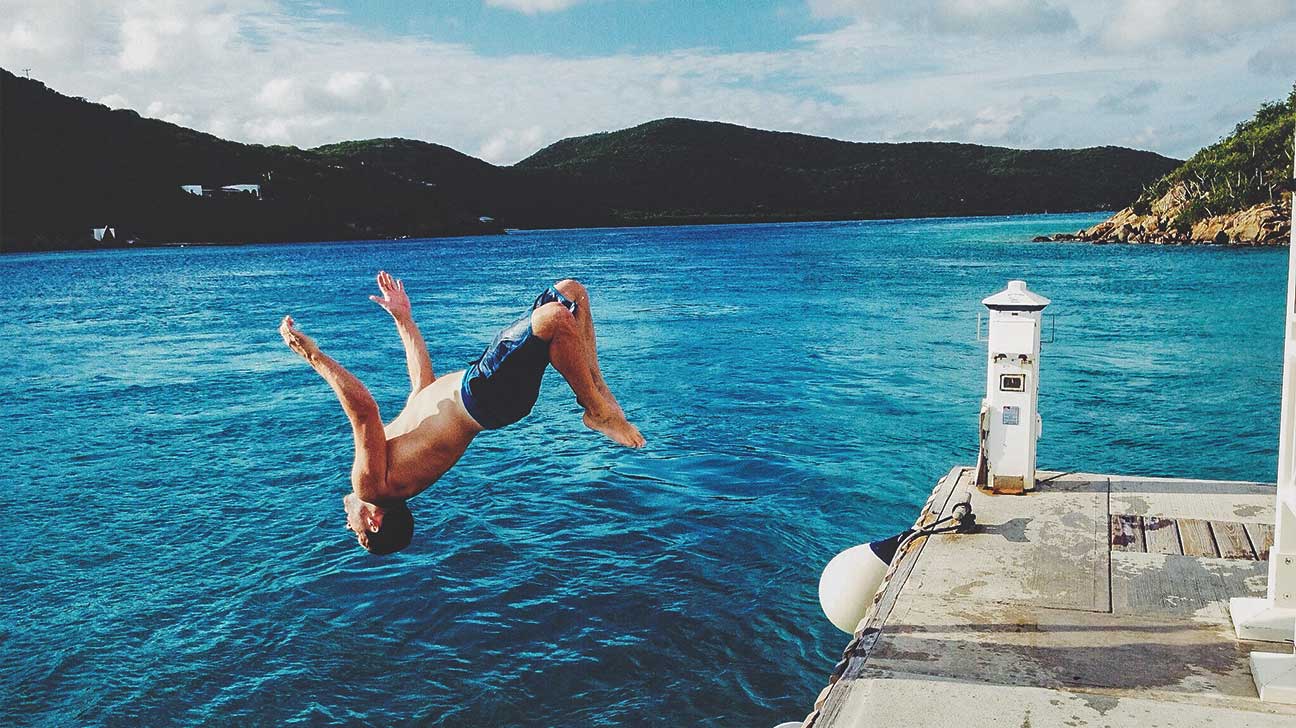How to Avoid ‘Dry Drowning’ and Other Swimming Dangers
Take these steps when cooling off this summer.

With much of the nation under a heat wave, hitting the water only seems natural. Whether it’s the beach, a lake, or a pool, taking a swim can be relieving.
It can also be hazardous.
From water quality to currents, there are several hidden dangers that swimmers and caregivers should be aware of.
Water quality hazards
Candess Zona-Mendola, a food and water safety advocate from Houston who litigates food and water contamination cases, said poor water quality can make a swim unsafe.
“One of the biggest hidden water dangers we see in the summer season is vibrio bacteria in salt water environments, like the ocean,” she said. These are flesh-eating bacteria that peak in the summer months, but exposure to vibrio can happen any time of the year.
“Due to the rise in ocean temperatures and global warming, we are seeing more and more vibrio cases,” Zona-Mendola said.
To prevent a vibrio infection, make sure not to drink the water or have any exposed wounds when you take a dip. And when you get out of the water, make sure to rinse off to avoid contamination.
Similarly, the brain-eating amoeba known as Naegleria fowleri can enter the body through the nose and travel to the brain. Swimmers who want to prevent the rare occurrence of its spread should use a nose clip while swimming.
The amoeba is found in warm freshwater environments such as lakes, hot springs, and rivers.
Pool chemicals, which can make water quality safe, can also be harmful to swimmers with asthma, according to Susan Richardson, PhD, a chemistry professor at the University of South Carolina.
That’s because of trichloramine (a disinfection byproduct of chlorine), which is believed to be the culprit. The substance is created when chlorine and urine combine in the pool.
Those who spend a lot of time in indoor pools also may be more prone to sore throat, burning eyes, and other cold-like symptoms.
Water power
The power of water alone can be deadly for swimmers at the beach or in a river.
As a result, it’s vital for swimmers in the open sea to be alert when rip currents or undertows are present.
Large breaking waves can also be harmful and have a hard impact on swimmers, according to Rob Brander, PhD, an associate professor at the University of New South Wales. Being pushed over by a big wave or being pulled under can be disorienting for swimmers. This can be especially dangerous for young children or others who aren’t strong swimmers.
Drowning
Drowning remains an ongoing hazard of swimming and continues to be a major cause of accidental death in this country, according to Tom Griffiths, president and founder of the Aquatic Safety Research Group.
“Because drowning is so quick, quiet, and subtle, both conscientious parents and vigilant lifeguards have literally watched children drown,” Griffiths said, added that drowning can happen in as little as two minutes.
“The open water continues to be more hazardous than clear-water swimming pools because of environmental conditions like waves, currents, lack of water clarity, sudden drop-offs, and others, but swimming pools with lifeguards on duty can also be risky for nonswimmers,” he said.
“Even in crystal-clear-water swimming pools, once a child slips beneath the surface, the water quickly hides and suffocates victims because of the ripple effect of surface agitation normally occurring.”
Griffiths said that the best tool for nonswimmers in any water — including pools — is the U.S. Coast Guard-approved life jacket.
Other floatation devices should be banned, he noted. “Water wings and the like are not intended to save lives, plus they can slip off and deflate,” Griffiths said.
‘Dry drowning’
What about “dry drowning,” which has been in the headlines lately? Griffiths said the name is a misnomer, but that there is a risk to people who aspirate (breathe in) water.
“You can’t drown without getting water into the lungs,” he said. “In extremely rare circumstances, however, children who aspirate water can drown a short while after leaving the water if untreated.”
He says water can damage the lungs within two hours of being inhaled and also cause coughing, fatigue, and irritability. If a child has aspirated water and doesn’t seem to be acting normal, they should be brought to the hospital.
Breath-holding
Holding your breath may sound like a common activity for swimmers, but extreme practices can be fatal.
“Good swimmers and athletes often believe extreme breath-holding for either time or distance is a shortcut to endurance,” Griffiths explained.
“Breath-holding which is competitive, repetitive, and includes strenuous exercise and/or hyperventilation can be deadly. Extreme breath-holding that is competitive and repetitive should be banned in all swimming pools.”
Source: Read Full Article


